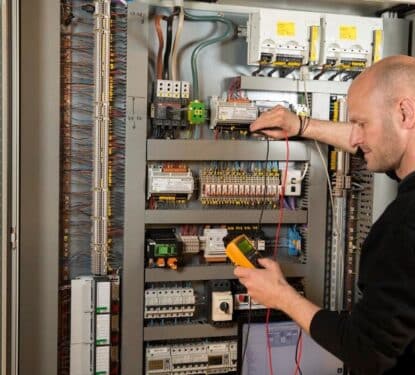There are two main criteria which set the competitive landscape in the physical security business and they are scale/economics & technology/performance. In the first category the top two Chinese manufacturers of Video Surveillance equipment (Hikvision and Dahua) have during the last few years taken control here. They now dwarf their western competitors and have dramatically brought down prices; Through this they have built up scale.
They have been able to do this through a protected home market, which is the largest single market in the world and in the case of Hikvision they have received massive investments and orders from the Chinese government (their benefactor and part-owner) to support rapid expansion in overseas markets.
Through these advantages over western manufactures they have been able to drastically reduce prices to a level that few western manufacturers can meet profitably in the long term. There appears to be no evidence that they are selling at lower prices than in their own country and in fact consumer cameras in China are still selling at half the price of similar cameras in the USA.
Hikvision and Dahua set a strategy some years ago to focus on video surveillance equipment in the SMB market that is currently the fastest growing sector and was expected to have now fully embraced IP Networking technology. The Chinese manufacturers opted for developing much improved versions of analogue systems at very attractive prices and radically improved the technology and performance of these cameras. This enabled them to further build up scale. Demand for analogue will of course inevitably decline but this has been a much slower process than was predicted.
Both companies have invested heavily in setting up distribution networks in North America (and now Europe) that can provide support and back-up services where poor service had previously held them back. There is more work to be done here but good progress appears to have been made, if rapid increase in market share is set as the benchmark.
There is no evidence to show that any western manufacturer has the capability to reverse this trend. None of the major video surveillance manufacturers have gone for scale through merger and acquisition that would have a major impact. This is a long term weakness as commoditization of cameras evolves.
In the branch of technology and performance Chinese manufactures have improved their image but in the western markets they do not yet have the respect that the best western brands hold.
Western manufacturers still have the edge on quality and sophistication particularly in the enterprise market. Some have built up a strong brand and so far have been able to resist the challenge of aggressive pricing but they will have to keep up their spend in research and development if this strategy is to continue working for them.
Axis Communications have reported two very positive financial quarters for the first half of 2017 with Q1 performance increasing net sales by 29% and profit increasing by 53% with operating margin growing to 11.6%. They have followed this up in Q2 with revenues of $254m the highest quarter they have ever achieved. Axis sales in the last three quarters in the Americas and Asia have shown consistent growth since the first quarter of 2016.
Another encouraging benchmark is that R&D spending grew 30% in Q1, showing that they are continuing to invest in product developments and advancements. This would suggest that Axis has not yet been adversely affected by Hikvision’s strategy of going for volume through relentless price reductions. Their brand would appear to be a strong contender to fight off the Chinese competition in the enterprise market that has strong growth potential through integration and the Building Internet of Things (BIoT).

For these reasons the Chinese manufacturers do not set the competitive landscape in the technology/performance category and despite the fact that they have improved their performance significantly over the last few years they still have some weaknesses.
Both Hikvision and Dahua products have recently fallen foul of Cyber Security attacks and there is now concern at a political level that becoming dependent on these products could have serious repercussions. Their reactions to solving the problems have not been very encouraging for buyers. Ultimately it is the buyer who will decide whether price or security is the most important buying proposition. But the security issue will not go away and surely will have a negative impact on their western markets, perhaps hampering their growth, unless they improve their cyber security performance.
We have to conclude that western manufactures are not competing on a level playing field in China and there is little possibility that the Chinese manufacturers aggressive strategy to take market share in Western markets will shortly burn itself out.
Innovation to produce better products that deliver customer value propositions which clearly demonstrate the value add against much cheaper, less sophisticated products is the only solution. Video Analytics could play a major role here. Otherwise there has to be some very significant mergers and acquisitions between western manufacturers so that they can build up volume in readiness for the commoditization of video surveillance products.
[contact-form-7 id="3204" title="memoori-newsletter"]



